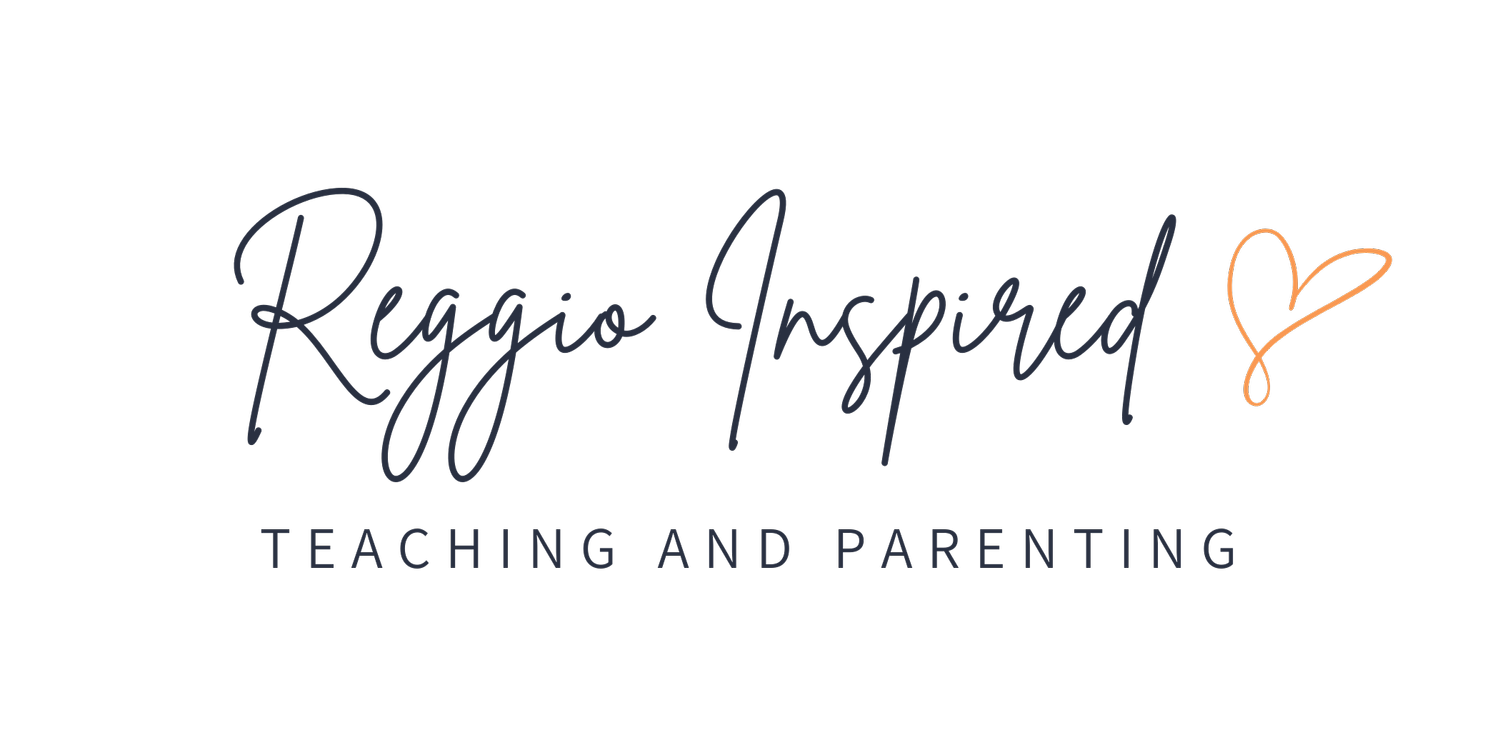Benefits and Challenges of a Reggio Emilia Education
Early Childhood Educator Priscilla Patti lives in Fort Collins where she has worked for over 20 years as a preschool teacher and the Director of Student Learning at the Early Childhood Center at Colorado State University. She recently sat down with me to discuss the benefits and challenges of a Reggio Emilia education as well as the pros and cons from an educator's perspective. Also, she shares her thoughts on Reggio’s future and invited us over to explore her backyard nature provocations.
How did you first become interested in Reggio Emilia?
I was working at the Early Childhood Center (ECC) at CSU and the staff started reading and learning about the Reggio philosophy which is based in Reggio Emilia, Italy. As teachers, we read as much as we could and attended trainings and conferences including presentations at the Boulder Journey School. At that time, we had a theme based curriculum and didn’t plan around the child’s interests. Later we started implementing a project-based curriculum.
When did the ECC switch over to Reggio Emilia?
The ECC switched to a Reggio-inspired school in January 2013 when we moved into our new building. We took on certain principles such as viewing the ‘image of the child’ as competent and capable, the environment itself as the “third teacher” to allow for inquiry and exploration, and the process of documentation to promote open communication between teachers and parents.
Loose Parts
What are the benefits of a Reggio-inspired curriculum?
It’s hard for me to think of any other way of learning. I think it teaches collaboration and getting children to learn how to work together on a project. It looks at things as a whole versus separating them out. Also, it helps kids go into a deeper level of thinking because it’s what they are interested in. Also, co-creating their learning with a teacher honors them so much.
What are the challenges of teaching a Reggio-inspired curriculum?
From a teacher’s perspective, there is a certain loss of control with the unknown. In traditional preschool classrooms you will plan out your lessons for the year. With Reggio, there is a not a set curriculum because you follow the child’s interests and make plans around their interests. It can be very rewarding and at the same time challenging!
What is the future of Reggio Emilia?
Reggio has definitely become more popular in North America. I believe that Reggio could be introduced in elementary schools and even high schools. We can learn so much from preschool and viewing the child as strong, capable, and resilient; rich with wonder and knowledge.
Any closing thoughts?
The Reggio philosophy is all about values and making those values visible. It’s not an easy thing to do — In my classroom I valued teaching children independence so everything was out at their eye level and they could do as much as they can on their own. It's up to the teacher to make those values come to life whether that’s relationships, nature exploration, or collaboration to name a few.
Thank you so much for sharing Priscilla! You have given so much of your time, expertise, and voice to the early childhood profession in Fort Collins. We are so grateful for you!
If you'd like to contact her for future trainings at your school, you can reach her at priscillaann.patti@gmail.com.




